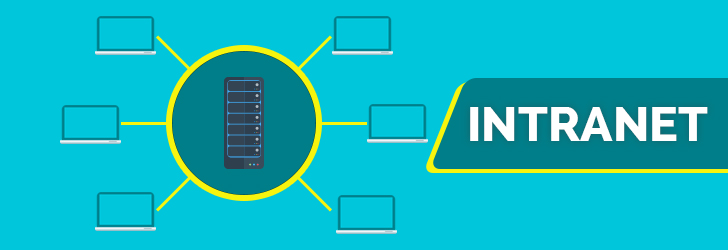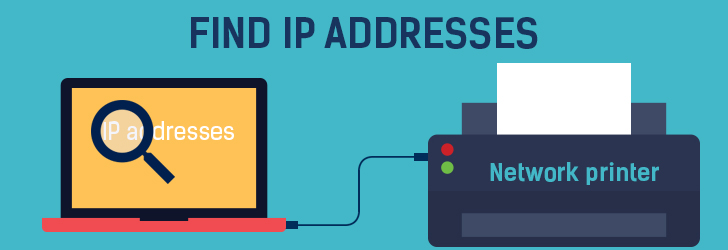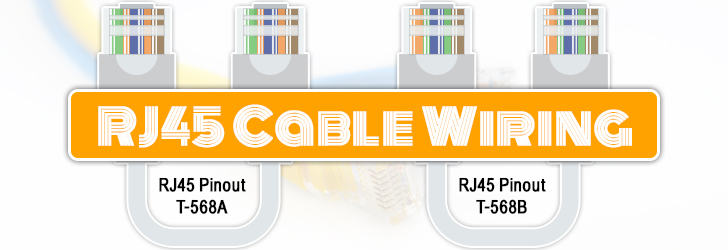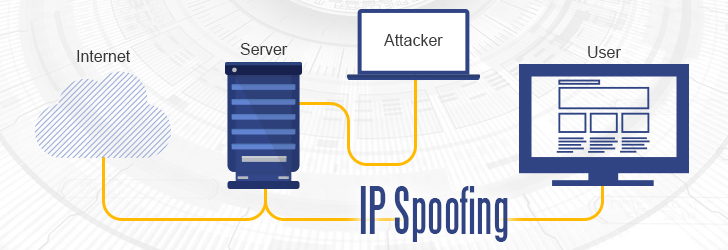
The term intranet is comprised of two words: "Intra" means internal and the "net" represents the network. The Intranet, therefore, can be defined as the internal network. It is a private network with access limited to the authorized users only. The Intranet can be as simple as a private website or it can be as big as private organizational infrastructure, accessed by only the authorized users. The intranet may not necessarily be connected to the Internet but they usually do. In typical intranet architecture, there are specific computers in a defined parameter where each computer in the intranet plays a specific role to provide common tools and features to every computer connected to the intranet. There are vendors that provide the intranet portal software like Share Point, Igloo, and Huddle.









